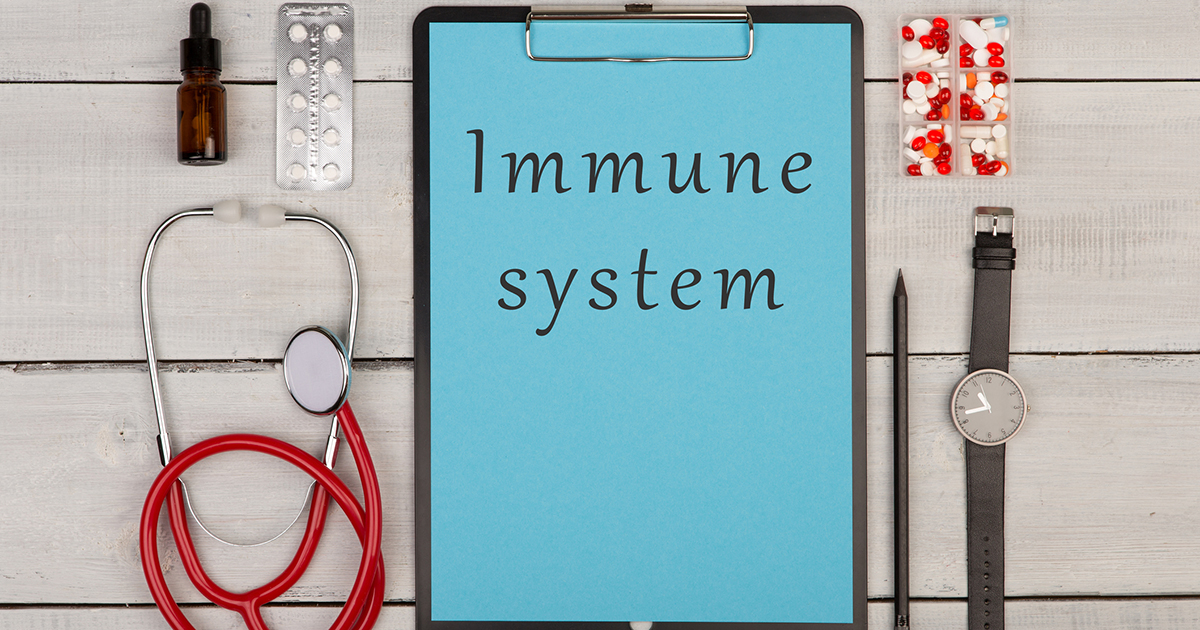Guide To The Causes And Risk Factors Of Bullous Pemphigoid
Bullous pemphigoid is a type of chronic autoimmune condition that produces large blisters and welts on the skin. While the disorder can affect individuals of any age, it is most frequently diagnosed in patients over sixty years old. The skin changes associated with this condition can occur in small, isolated patches or across larger areas of the body. The armpits, groin, abdomen, and other flexible areas of the body are the most common sites. In addition to skin changes, up to one-third of patients with this condition will experience blisters in the mouth, throat, or esophagus. Symptoms are normally intermittent, and bullous pemphigoid typically resolves after a period of five years. To diagnose bullous pemphigoid, dermatologists perform a visual inspection of the skin, and blood tests and skin biopsies might be necessary. Treatment is usually centered around oral or topical corticosteroids, and these may be supplemented with antibiotics and anti-inflammatory medicine. Patients with severe cases might need to take immunosuppressants too.
Immune System Malfunction

Immune system malfunction is believed to be the primary cause of bullous pemphigoid. In a healthy patient, the immune system manufactures antibodies that protect the body from viruses, bacteria, and foreign substances. If an individual develops an immune system malfunction, their immune system starts to make antibodies to attack particular tissues in the body that are not actually a threat. Patients who have bullous pemphigoid normally produce unnecessary antibodies that attack the fibers connecting the outermost layer of skin (the epidermis) to the layer directly underneath it (the dermis). This process triggers an inflammatory response that results in itching, blister formation, and other symptoms. Corticosteroids help reduce the inflammation caused by a malfunctioning immune system, and they can also relieve itching. Immunosuppressants can reduce the activity of the immune system, providing relief to patients who have had a particularly serious immune system malfunction.
Psoriasis

Like bullous pemphigoid, psoriasis is an autoimmune condition that affects the skin, and it may trigger bullous pemphigoid for certain patients. Psoriasis accelerates the normal lifespan of skin cells, and this results in an abnormal, rapid accumulation of extra cells on the skin's surface. These extra cells form heavy, red scales known as plaques, and patients may also experience joint pain, thick or pitted nails, itching, and dry skin. This condition normally comes and goes in periods known as flare-ups, and some patients may have years in complete remission. To diagnose this disorder, doctors ask the patient about their symptoms and perform a physical exam of the skin, hair, and nails. In most cases, the physical exam provides sufficient information for the doctor to make a diagnosis. A skin biopsy may be used for confirmation.
Treatment options for psoriasis include topical corticosteroids, vitamin D analogs, anthralin, and topical retinoids. These medicines help decrease skin redness and inflammation, and they can also reduce the growth rate of new skin cells. Patients who have severe forms of psoriasis that have not responded to these treatments may need to try methotrexate, cyclosporine, biologics, or other systemic treatments.
